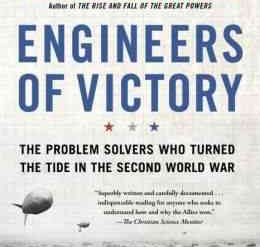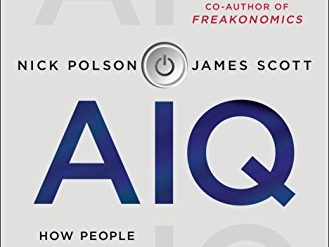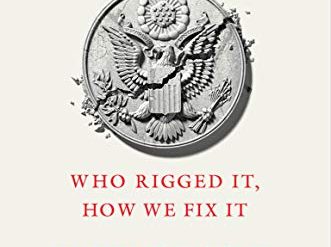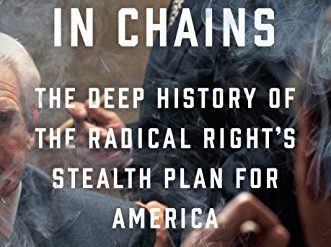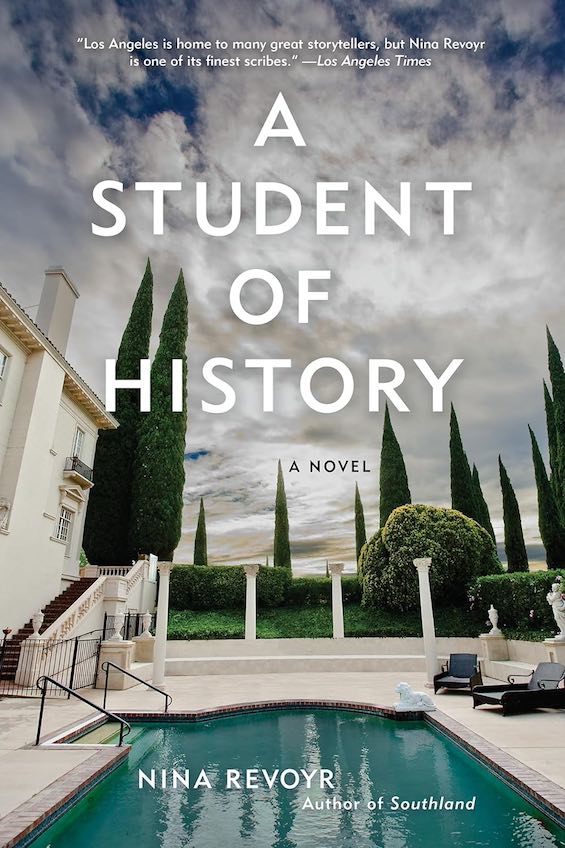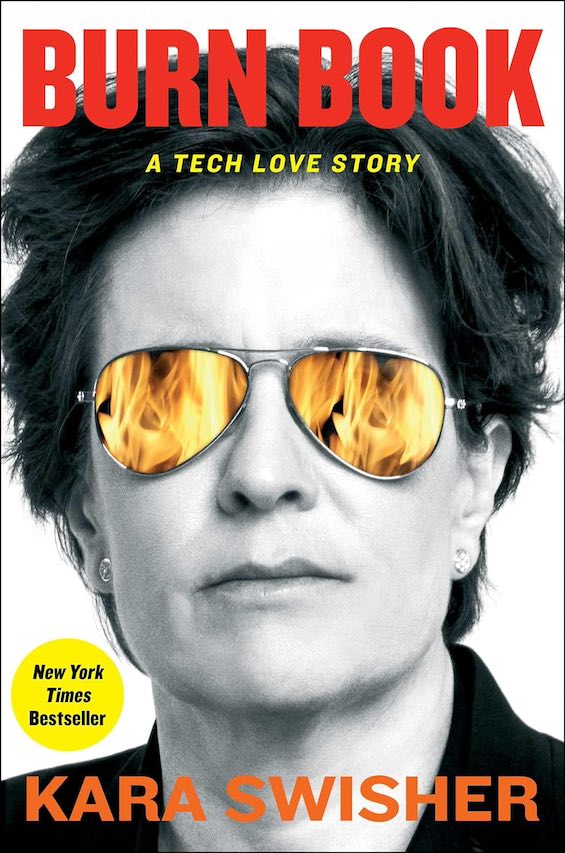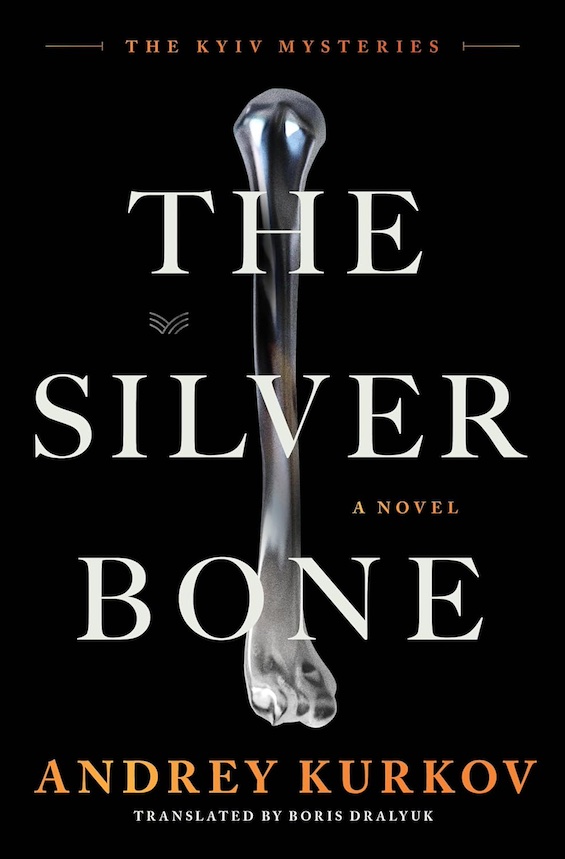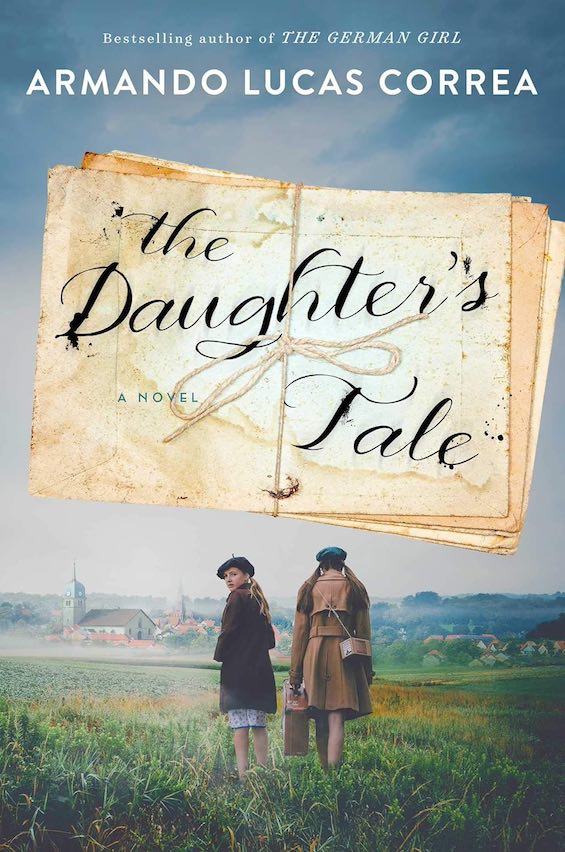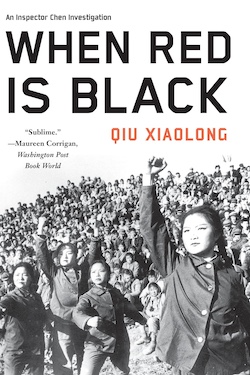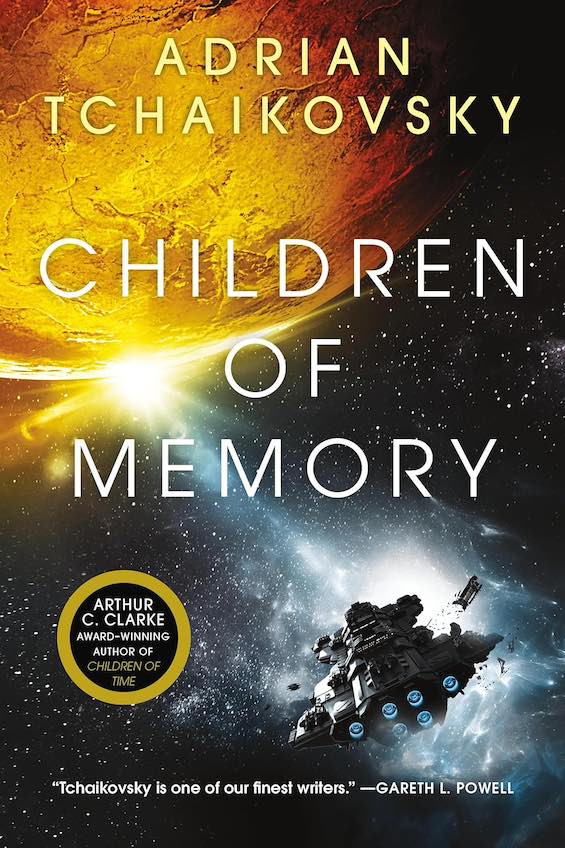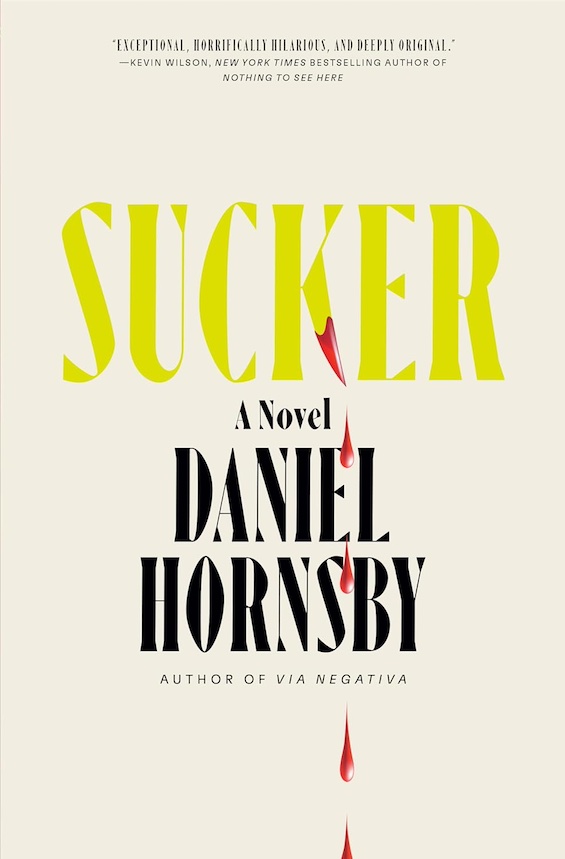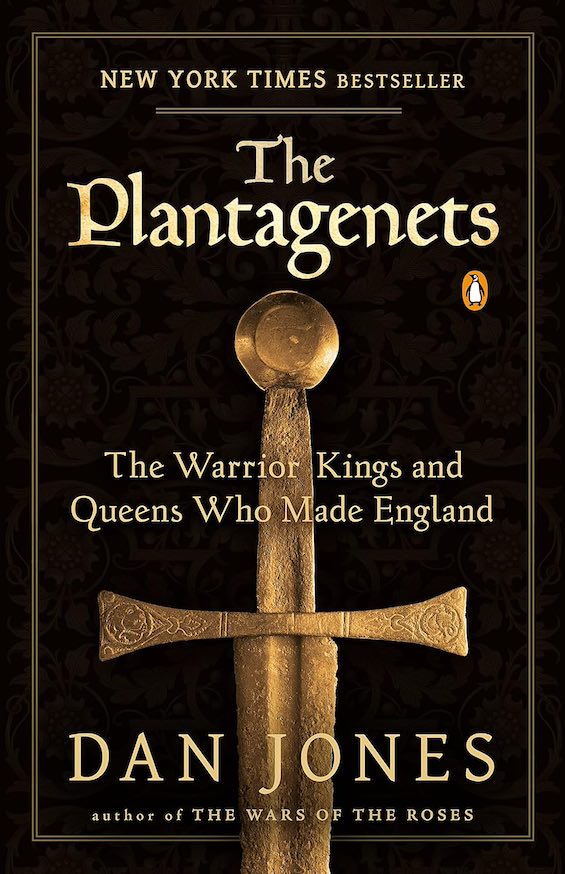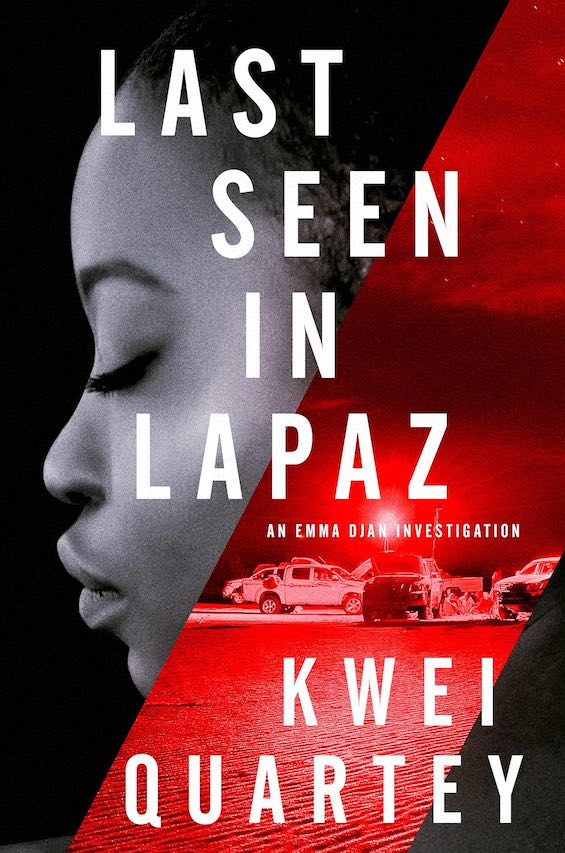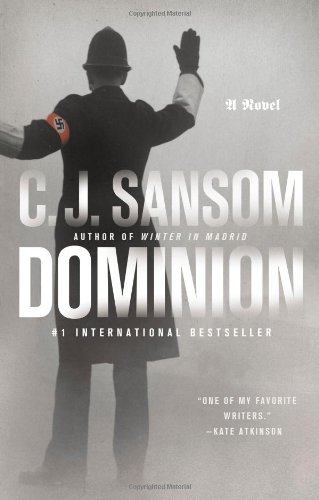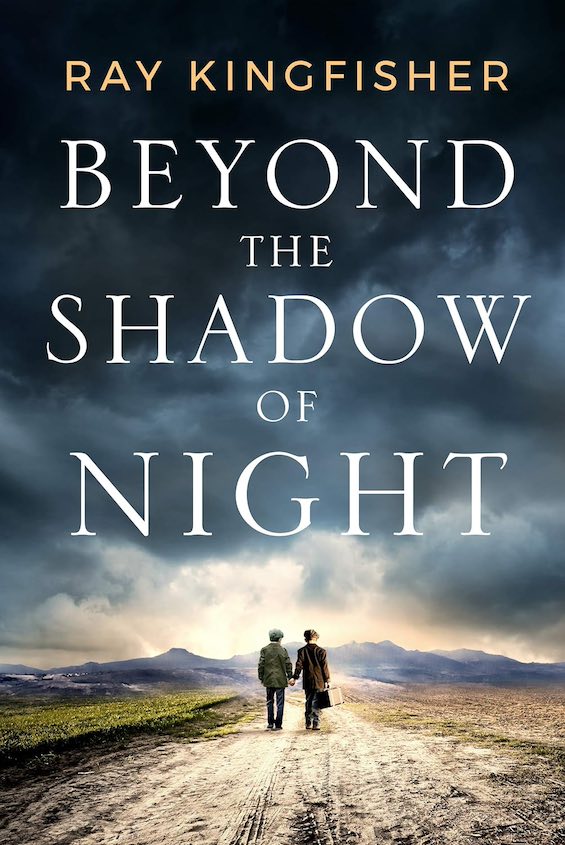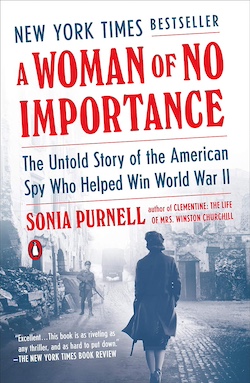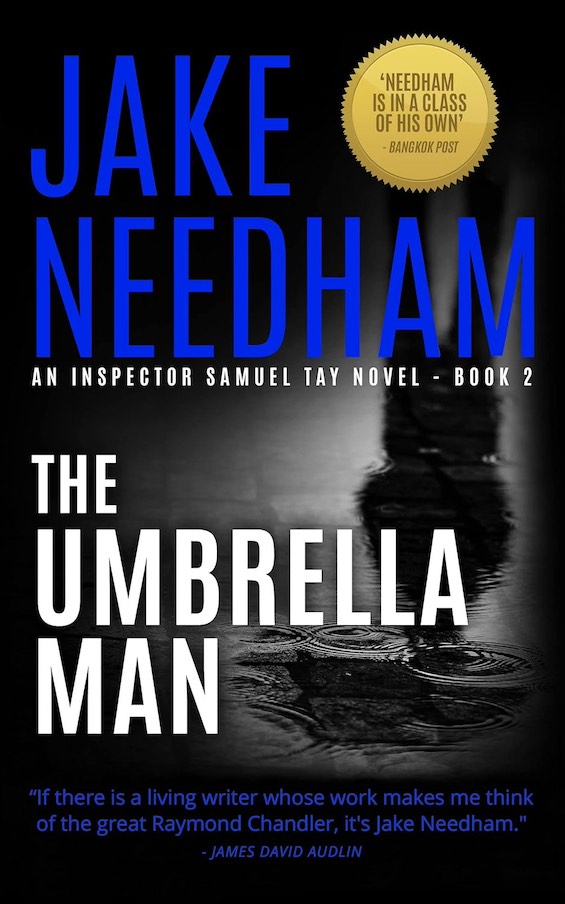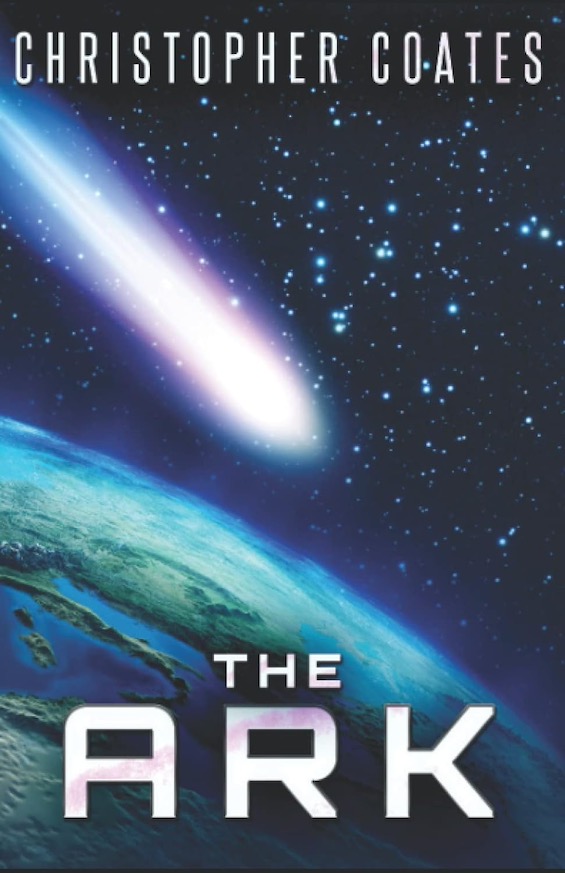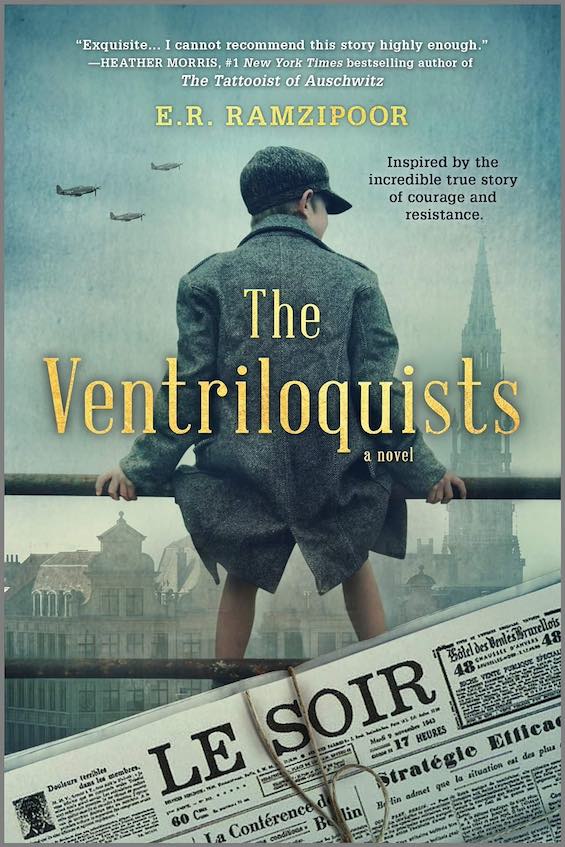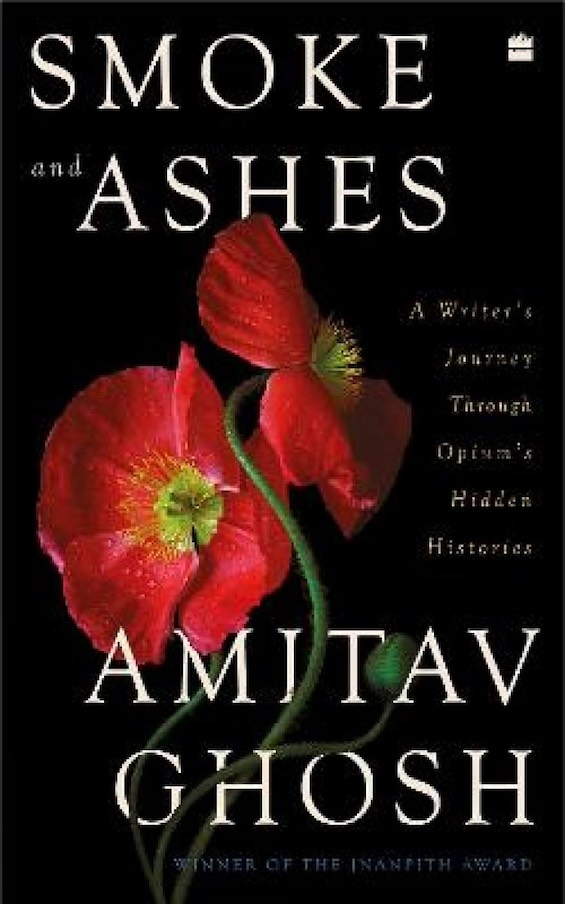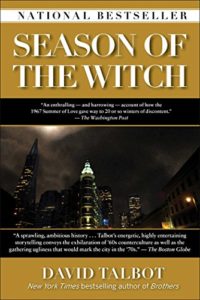
It’s difficult to imagine any city in North America that has experienced such a short and intense period of tumult and terror as did San Francisco from the mid-60s to the early 1980s.
Estimated reading time: 3 minutes
The Summer of Love. The racist Zebra killings. The People’s Temple mass suicide. The assassination of Harvey Milk and George Moscone. The onset of the AIDS epidemic. And the Grateful Dead, the Jefferson Airplane, and Janis — oh, the music!
You can’t make this stuff up.
For those of us who lived through this era in and near San Francisco and even knew some of the players, David Talbot’s masterful portrait of that time and place, Season of the Witch, reawakens memories, some of them long suppressed. To recall that we lived our lives punctuated by such rapidly alternating bouts of exhilaration and despair!
Talbot tells the tale of this time through a series of interconnected biographical sketches, bringing the bold-faced names of the 1960s and 1970s back to life in vivid detail: Scott Newhall, Herb Caen, Joe Alioto, Jerry Garcia, Bill Graham, Harvey Milk, Janis Joplin, Dianne Feinstein, and dozens of others. This is a story not of saints and sinners but of flesh-and-blood human beings with their own faults and failings no matter how society may have lionized them.
Season of the Witch: Enchantment, Terror, and Deliverance in the City of Love by David Talbot (2012) 482 pages ★★★★★
Season of the Witch opens and closes with vignettes from the colorful lives of Vincent and Vivian Hallinan who, with their six pugilistic sons and the other lawyers the old man trained, set the combative tone for progressive politics in the city for decades to come.
Talbot makes clear that San Francisco was always a world apart from the nation, with its origins rooted in the frenzy of the Gold Rush (the pro football team isn’t called the 49ers without reason!). “By 1866,” he writes, “there were thirty-one saloons for every place of worship.” Six decades later, “[d]uring the Prohibition era, the local board of supervisors passed legislation forbidding San Francisco police from enforcing the dry law.” It could have been no surprise, then, how young Vincent Hallinan responded in an early court appearance when asked by a judge whether he wished to show contempt for the court: “‘No, Your Honor, I’m trying to conceal it.'”
To Talbot, the story of San Francisco in the 1960s and 70s is one of a “new city growing within the old” — the flower children, anti-war protestors, weed smokers and acidheads, the gays, and more gays: these were the newcomers who grafted themselves on to a tradition-bound, Catholic, pro-labor town run by Irish and Italians who were never prone to go down without a fight.
David Talbot was the founder and editor-in-chief of the online magazine Salon in 1995 after serving as an editor for both newspapers and magazines. He has written for many other publications and has authored several other books.
For related reading
I’ve reviewed two other excellent books by David Talbot:
- The Devil’s Chessboard: Allen Dulles, the CIA, and the Rise of America’s Secret Government (When America’s secret government ran amok)
- By the Light of Burning Dreams: The Triumphs and Tragedies of the Second American Revolution by David Talbot and Margaret Talbot—Chronicling the incomplete second American Revolution
You may enjoy browsing through 20 top nonfiction books about history.
If you enjoy reading history in fictional form, check out 20 most enlightening historical novels.
For more good books on the history of the US, see Top 20 popular books for understanding American history.
And you can always find my most popular reviews, and the most recent ones, on the Home Page.


